If you are considering traveling to the Big Island of Hawaii, you may wonder if it is safe to do so. The answer is yes – as long as you stay away from the active volcanoes! This article will talk about the history of the volcanoes on the Big Island, what to expect if one erupts, and staying safe.
The History Of Volcanoes On Big Island
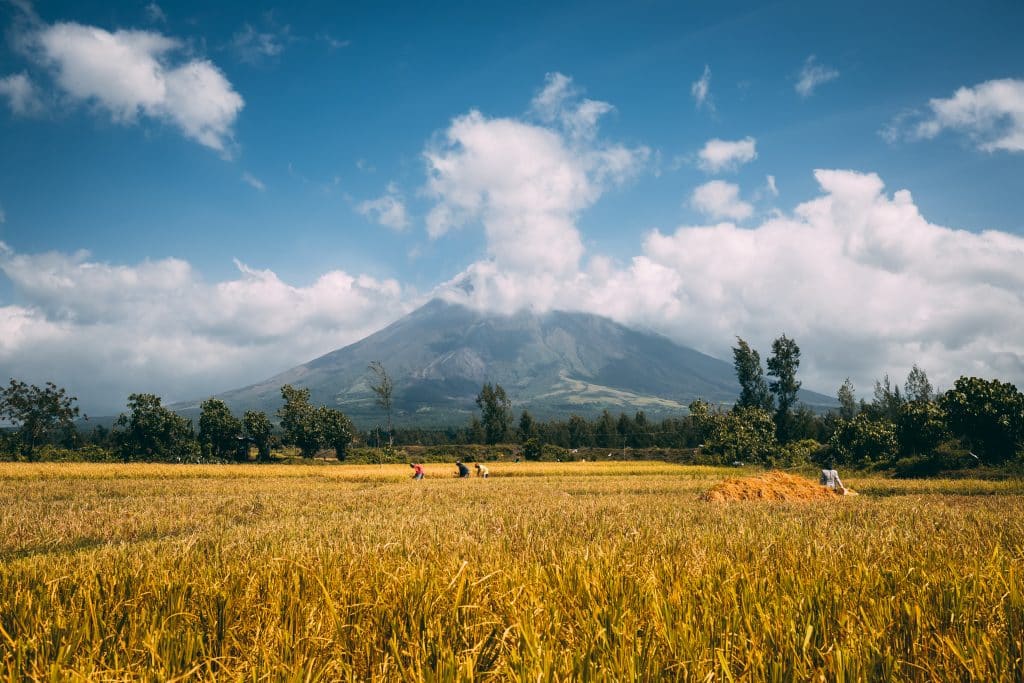
Hawaii’s Big Island is home to five of the world’s most active volcanoes, and centuries of eruptions have shaped its landscape. The first recorded eruption on the island occurred in 1790, and since then, eruptions have occurred at multiple volcanoes, including Kilauea, Mauna Loa, and Hualalai.
Over the past 200 years, these eruptions have caused significant changes to the island’s terrain, including forming new land masses and altering existing ones. In addition, the lava flows from these eruptions have profoundly impacted the local ecosystem, both positively and negatively. Today, the Big Island is a fascinating geological laboratory, and its volcanoes continue to offer scientists an invaluable opportunity to study how our planet evolves.
Everything You Need To Know About The Big Island Volcanoes
It’s no secret that Hawaii’s Big Island is home to some of the most active volcanoes on Earth. But if you plan a trip to this beautiful island, what do you need to know about these incredible geological wonders?
The Different Types Of Volcanoes Found On The Big Island
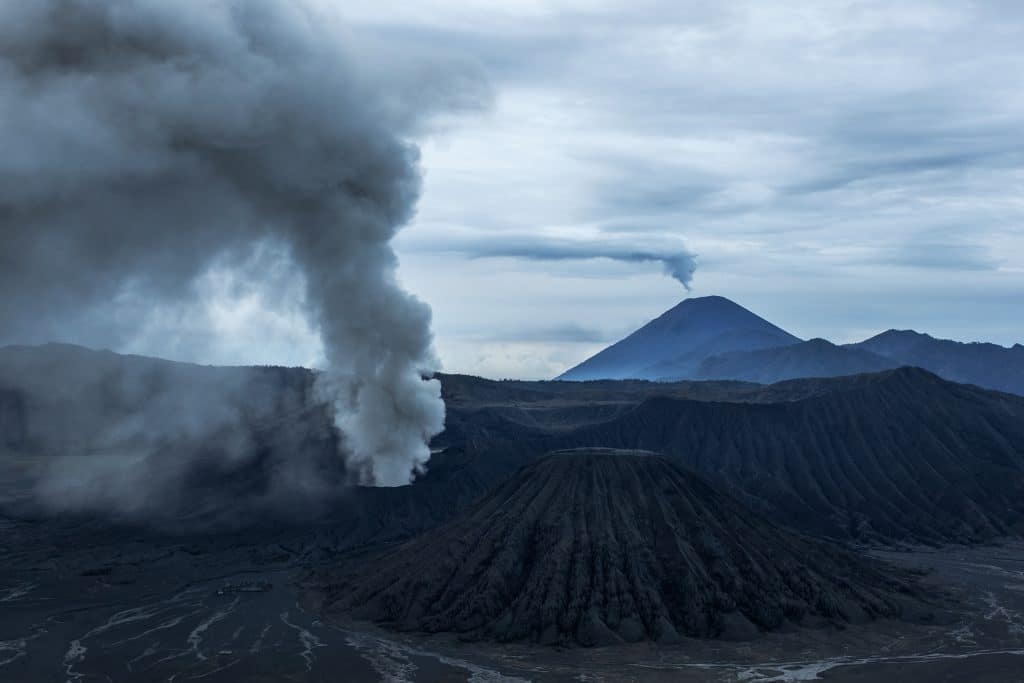
The Big Island is home to five different types of volcanoes, each with its unique features. The first type, shield volcanoes, are created by lava flows that are relatively low in viscosity. This results in a broad, flat-topped mountain with gently sloping sides. Kilauea, one of the world’s most active volcanoes, is an example of a shield volcano.
The second type, cinder cone volcanoes, are formed when lava ejected from a vent cools and forms into clumps or “cinders.” These cinders accumulate around the vent over time, creating a cone-shaped mountain. The third type, composite volcanoes, is made up of both shield and cinder cone volcanoes. They typically have a steep profile and can erupt much more violently than other types of volcanoes. Mauna Loa, the world’s largest volcano, is a composite volcano.
The fourth type, collapse volcanoes, forms when the magma chamber beneath the summit collapses inward. This can happen suddenly or over a long period. The fifth and final type of volcano found on the Big Island is the submarine volcano. These occur when lava erupts beneath the ocean’s surface, forming a mountain that may eventually break through the water’s surface. Loihi Seamount, an active submarine volcano located about 20 miles offshore from the Big Island, is the most well-known example of this type of volcano.
How Volcanoes Form

Volcanoes form when molten rock, ash, and gas escape from the Earth’s surface. The molten rock, called magma, is heated by the Earth’s heat source, which is located deep within the mantle. As the magma rises to the surface, it pushes against the Earth’s crust.
Eventually, the pressure becomes too much, and the magma breaks through. The ash and gas are blown into the air by the escaping magma, and they can reach heights of up to 30 miles (50 kilometers). When the eruption subsides, the magma cools and hardens, forming a volcano. A single eruption can form volcanoes or build up over time through successive eruptions. Some of the world’s largest volcanoes are in Hawaii, created by a hot spot in the Pacific Plate.
The Dangers of Living Near A Volcano
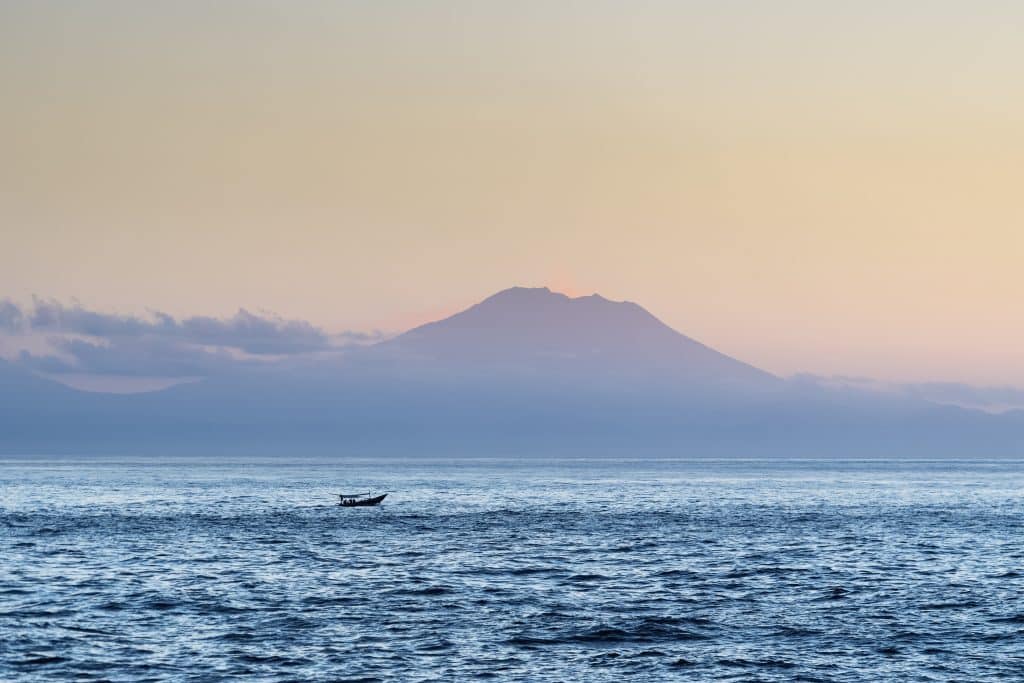
Volcanoes are awe-inspiring natural wonders, but they can also be deadly. When a volcano erupts, it can unleash a destructive force that can devastate entire communities. Lava flows, ashfall, and mudflows can destroy homes and bury people alive.
Pyroclastic flows, fast-moving clouds of hot gas and rock, can reach temperatures of over 1,000 degrees Fahrenheit and travel at speeds of up to 100 miles per hour. And the only warning signs that an eruption is about to occur are typically seismic activity and an increase in steam emissions. However, the dangers are very real for those who live near a volcano. Therefore, it is crucial to have a plan and know how to evacuate quickly to minimize the risk of death or injury during an eruption.
What To Do In The Event Of An Eruption
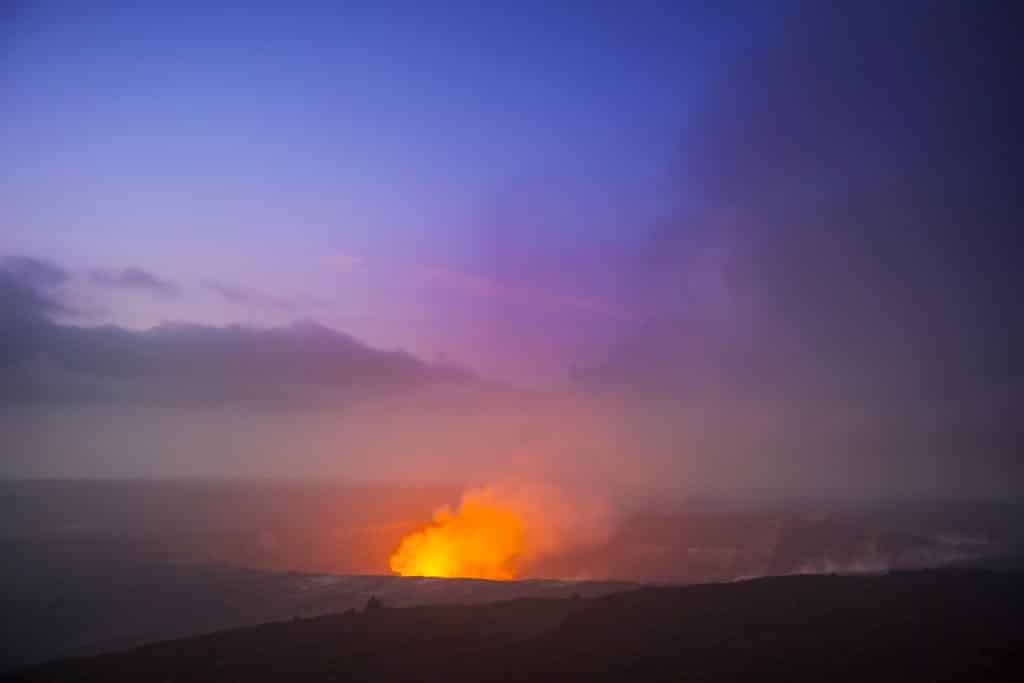
In the event of a volcanic eruption, it is important to take steps to protect yourself and your property. If you are in the vicinity of the eruption, quickly move to a safe location outside the path of the lava flow or debris field. If you are downwind of the eruption, be aware that volcanic ash can harm your lungs, and take steps to avoid inhaling the ash. Once you are in a safe location, stay there until it is safe to return.
Be aware that volcanic eruptions can cause earthquakes, and watch for signs of impending earthquakes, such as ground shaking or unusual noises. If an earthquake does occur, quickly drop to the ground and take cover under a sturdy table or piece of furniture. Stay away from windows, fireplaces, and exterior walls, as these may collapse during an earthquake. When the earthquake has subsided, carefully survey your surroundings for any hazards before proceeding.
Lastly, be aware that after a volcanic eruption, mudflows may occur. These mudflows can be extremely dangerous, so staying out of their path is essential. Following these safety guidelines can minimize the risk of injury or death during a volcanic eruption.
Recent Volcanic Activity On The Big Island And Its Effects On The Community
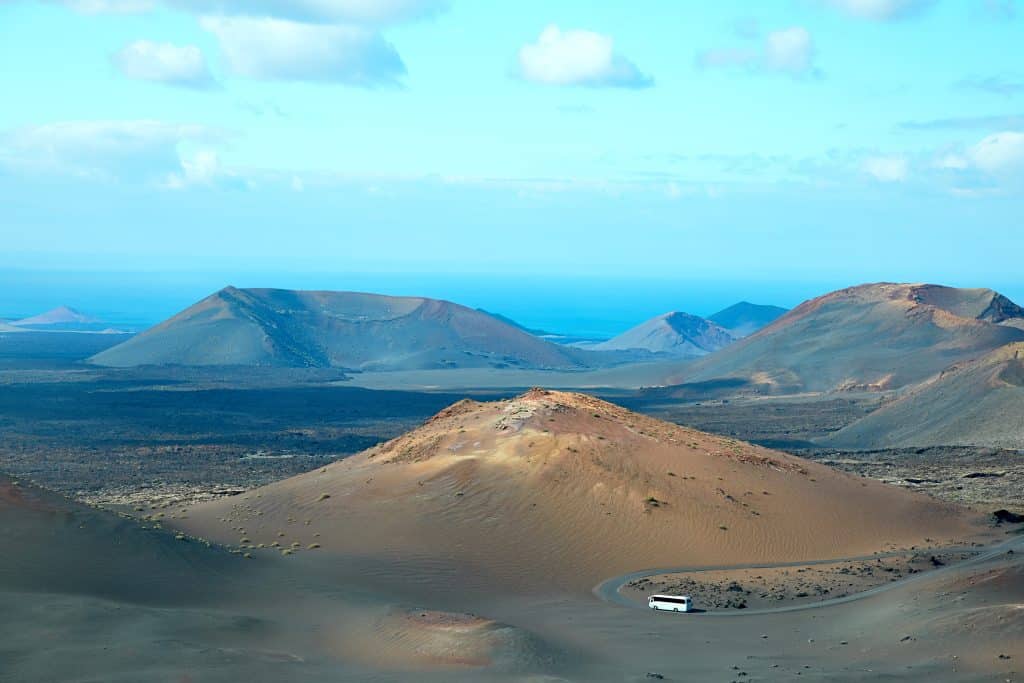
In the past years, the Big Island has seen an increase in volcanic activity. The most recent large-scale eruption, which began in May 2018, has caused considerable damage to the island, including destroying homes and roads. The lava flow has also made it difficult for people to access essential services, such as hospitals and schools.
In addition, the eruption has generated a large amount of ash and toxic gas, forcing many residents to evacuate their homes. While the eruption has caused significant disruption to the community, it has also created some opportunities. For example, the lava flow has created new landforms, which could be used for tourism or agriculture in the future.
In addition, the eruption has resulted in forming a new volcano, which could provide geothermal energy for the island. Overall, while the recent volcanic activity on Big Island has negatively impacted the community in the short term, it also holds long-term potential for long-term benefits.
Will You Visit The Volcanoes Of The Big Island Someday?
The Big Island of Hawaii is a beautiful place with diverse landscapes and interesting geological features. Among these are the state’s active volcanoes, which can be both awe-inspiring and dangerous. This post has explored the different types of volcanoes found on the Big Island, how they form, and the dangers of living near them. Although eruptions are unpredictable, it is essential to prepare for them by having evacuation plans and knowing where to find information about potential hazards.
